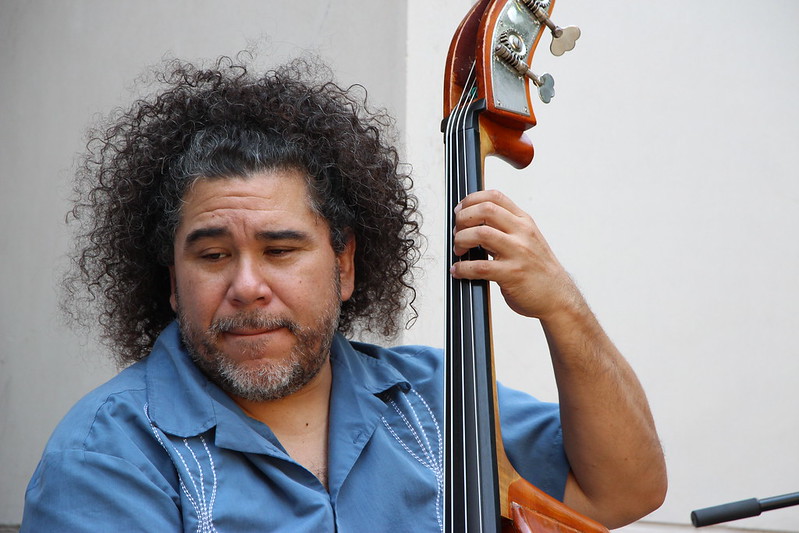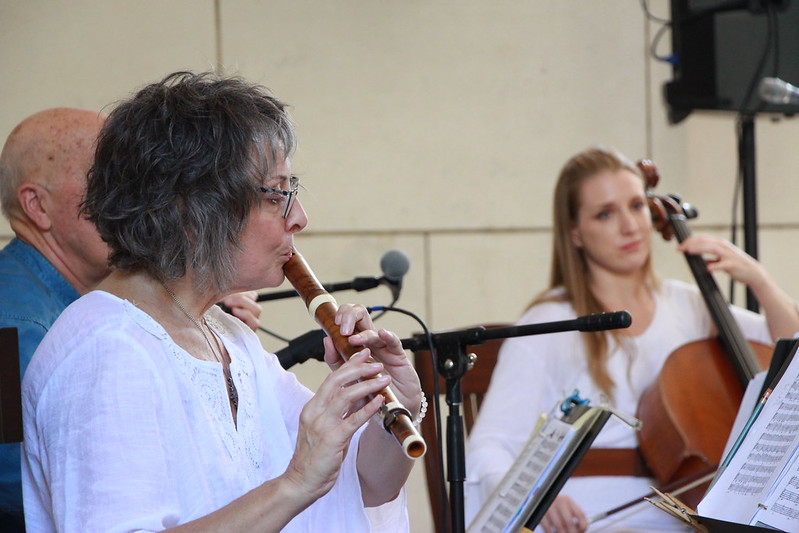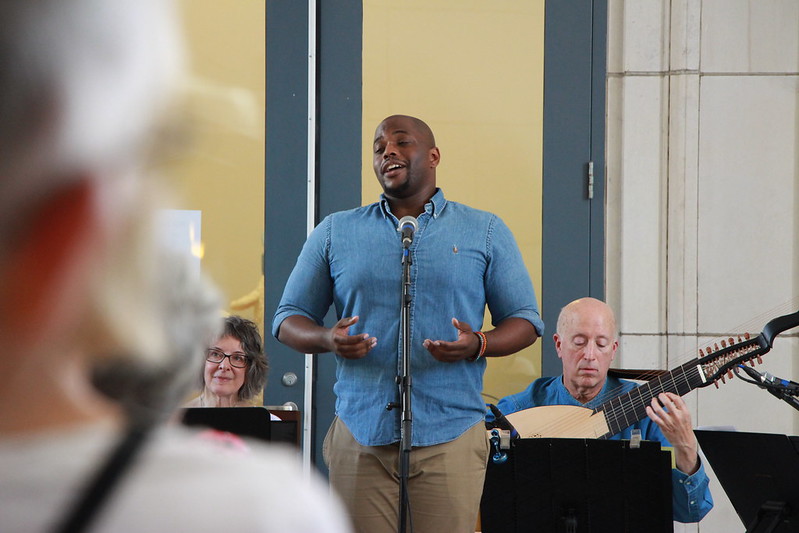Nashville Ensemble Early Music City
What did the strolling musicians of Rembrandt’s time sound like? Until somebody builds a time machine, we may never know for sure. But thanks to the work of many of today’s best period-instrument groups, we at least have a pretty good idea.
One of Nashville’s most esteemed historically informed performance ensembles will be at Monthaven Arts and Cultural Center on Thursday evening, presenting a concert that celebrates the MACC’s current Rembrandt exhibit. (The performance is now SOLD OUT). The group, Early Music City, was founded by some of Nashville’s most versatile musicians. We asked Early Music City’s co-founder and lute player, Francis Perry, a few questions about the group and its upcoming performance.
How did Early Music City get started?
Francis Perry: EMC started in 2015 as “a gathering of friends” to play an eclectic mix of music we love. We continued performing this way until 2019, when we decided to structure the organization and received certification for 501(c)3 non-profit status.
I’ve heard the group’s style referred to as “Early Music 2.0.” What does that mean?
FP: Early Music 2.0 indeed! “Early Music” is a term that has been used for at least 60 years to refer to music from the Medieval, Renaissance, and Baroque periods. Over time, the chronology has extended forward to about the mid-19th century. All of our instrumentalists and singers are steeped in that tradition of “historically-inspired performance.” However, when we formalized the EMC organization, we made it our mission to broaden the repertoire, the personnel, and the audience. That includes bringing this music to underserved communities and honoring music of diverse origin, for example, spirituals, whose roots extend back to the period of slavery in America. That era actually coincides with “Early Music 1.0,” but had not previously been included in the genre. Another feature of “2.0” is that, rather than distance ourselves from the rich traditions of music here in Nashville, we embrace them, including, for example, Celtic and Old Time fiddle tunes.
Who are the musicians of Early Music City?
FP: EMC is a collective of wonderful folks who believe that when music is made by people who enjoy being together, it takes on a spirit that the audience can sense. For our Monthaven program, we have: Patrick Dailey, countertenor, Francis Perry, lutes, Tammy King, baroque violin and mandolin, Claire Rottembourg, recorders, and Kevin Lay, viola da gamba.
A lot of instrumental music in the Baroque Period was devoted to dance. Why was this kind of music so important?
FP: From a Euro-centric perspective, during the Baroque period (approximately 1600-1750), instrumental music was an important part of courtly and aristocratic culture. Dance music played a central role in this. Moving forward in history, and relating this to “Early Music 2.0,” we will include American composer Stephen Foster’s “Jennie Own Schottisch,” alluding to the Bohemian dance craze of the Victorian era. We’ll follow up that tune with Foster’s classic hoedown “Angeline the Baker.”
Tell us a little about your upcoming concert at the MACC. What should we listen for?
FP: Listen for the unique sound of a “broken consort,” an ensemble featuring instruments from more than one family, which in this case means a group including both string and wind instruments. Patrick Dailey is a countertenor, so listen for the otherworldly sound of a male voice singing in the range of a soprano or mezzo-soprano.
Almost all manner of “Early Music” instruments were made in different sizes, based on the range of human voices, SATB (soprano, alto, tenor, bass). For example, I will be playing two different lutes on this program, a tenor and a bass. Claire will play recorders of various sizes. These are all replicas of instruments from the time period of the music’s origins. The intention is to approximate what the music might have sounded like during the era when it was created. Also, a good portion of the music was chosen to be evocative of the time and place of the artwork in the exhibit. Because of this, do not be surprised to find yourselves transported to that earlier time and place!




